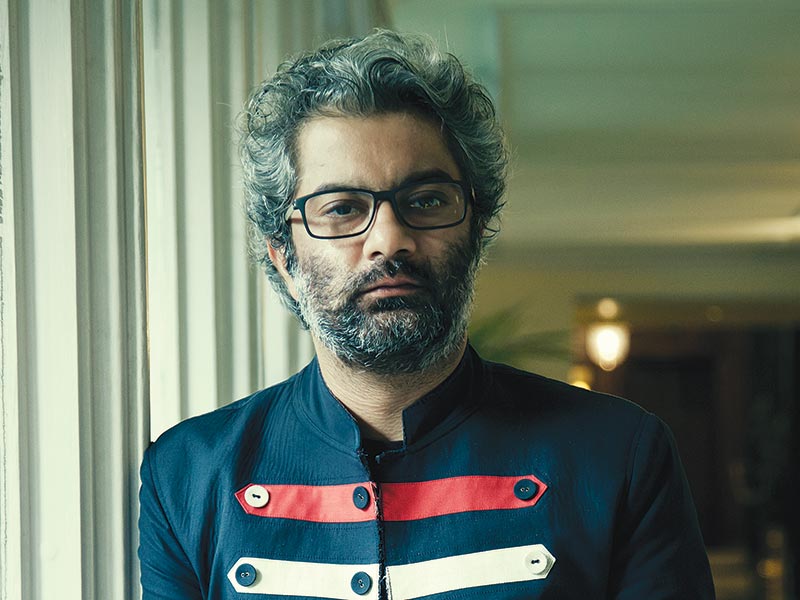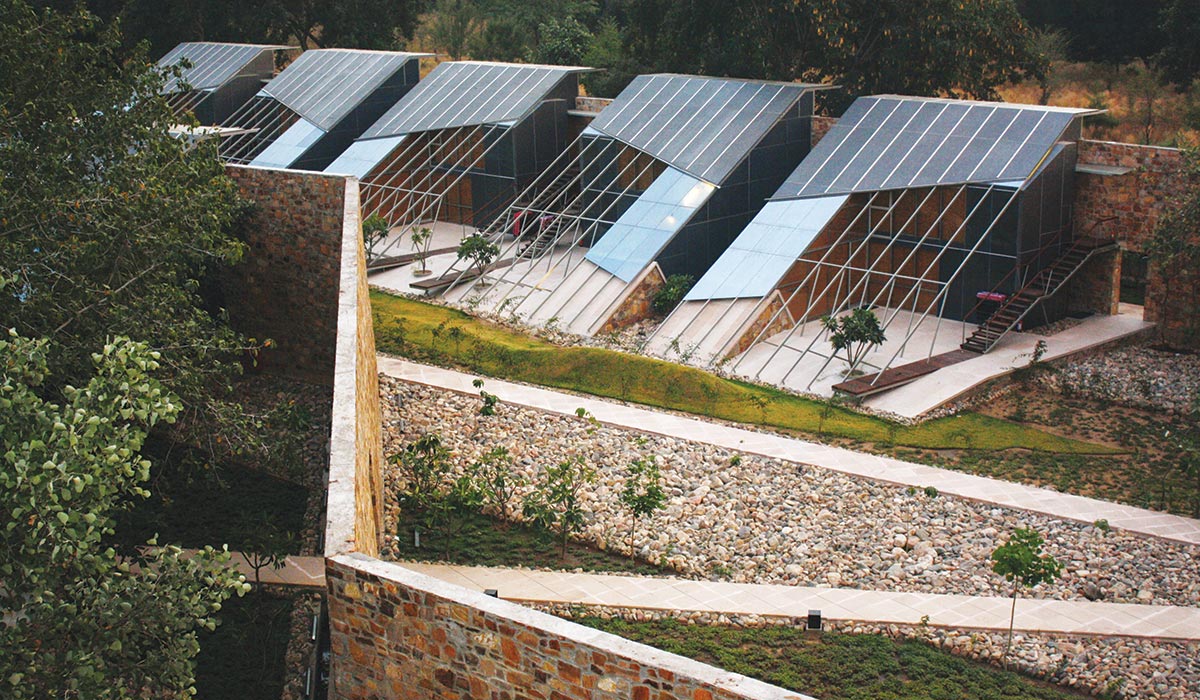
Climate change is the biggest universal challenge to architects and planners at the moment. To me, as a studio head, regional discourse or expression is a significant challenge. We all seem to be content in losing our identity to a homogenized expression.
The notion of sustainable development is dynamic. However, the principles remain the same. Reduce, replenish, recycle, save. That’s true for everything, not just buildings, and every serious architectural and engineering intervention has considered it. ‘Green buildings’ have become a buzzword, as have ‘smart cities’. You don’t have to resort to such terminology if the principles form part of your design approach, and they’re really the basics.
 Mana, Ranakpur, Rajasthan
Mana, Ranakpur, RajasthanWe are doing a lot of hotels and large projects. But, if you come to think of it, these projects serve a very tiny fraction of the society. So, for sustainable development, it is very important to do large public projects, which use fewer resources and serve more people. We’re interested in the conventional idea of sustainability but we’re especially interested in what makes a building a part of a progressive cultural expression.
For sustainable development it is very important to do large public projects, which use fewer resources and serve more people
I admire...
The Lloyd’s building in London by Richard Rogers built in 1986, sets a benchmark for how the function, services, and expression of a building can be integrated. The design follows a fundamental principle that any amount of energy delivered into the building must be utilized and recycled in as many forms as possible. The most significant factors like under floor heating and cooling integrated with the building skin that breathes. The lighting system that typically generated heat is also a part of the exhaust system, which only makes sense since hot air rises and gathers on the top. Most of the components are modular and thereby could be produced in a factory, minimizing waste. Solar mirrors on the roof top bounces sunlight into the internal spaces. Ever since then, the Richard Rogers partnership and others have designed buildings that further the ideas of modularity and energy conservation. It was the Lloyd’s building that started it all.















